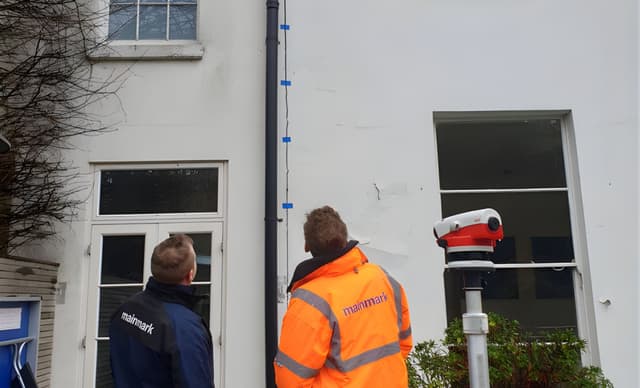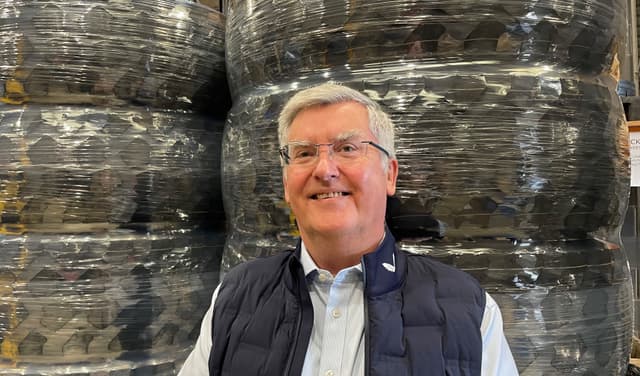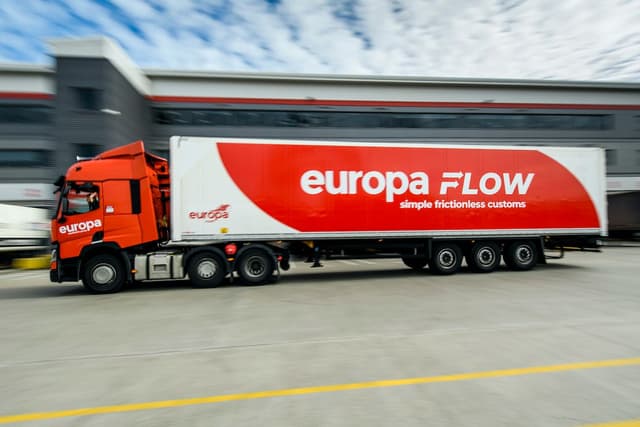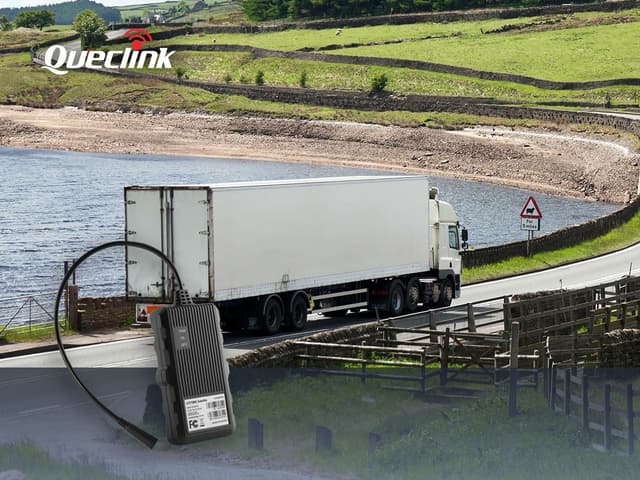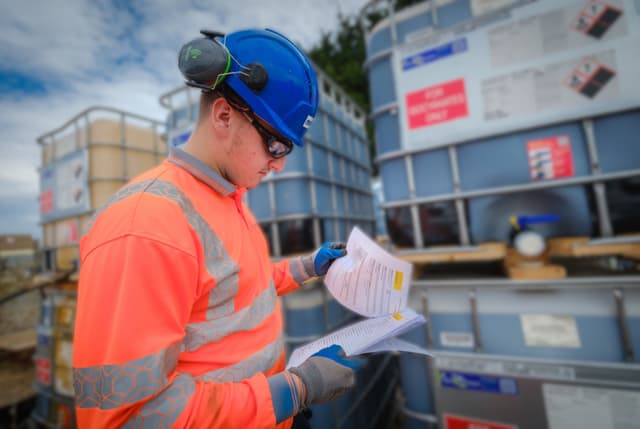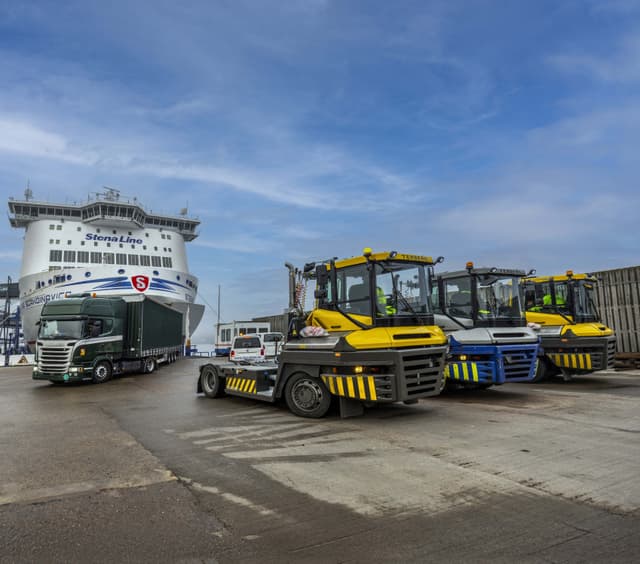It has been an unfortunate feature of UK health policy in recent years that concerted nationwide vaccine rollouts have been both frequent and necessary. The COVID-19 pandemic highlighted how central vaccines can be for our protection, and therefore how critical a smooth, on time distribution process is.
This year, the new variant of Covid-19 posed a risk and saw the UK bring forward the deployment of free flu and COVID-19 vaccines for those who are eligible. Whilst there is no doubt, especially after a bad 2022 flu season, that bringing the vaccine rollout forward was the correct decision, the overwhelming opinion of healthcare professionals is that the government had not readied those deploying them to be able to deliver on these new timelines with only two weeks' notice.
The current picture of vaccine supply chains
The speed of this decision highlights how crucial it is for the NHS to have an immensely robust supply chain to manage the distribution of the vaccines across the country. It shows that rather than setting ambitious targets without the operational infrastructure, technology, or health service levels to meet them, the UK needs to take a more informed approach to vaccine rollouts. A part of the answer will lie in creating a sophisticated supply chain that has the ability to model and simulate roll out without pressing ‘go’. Supply chain technology is the answer here, which can be used to highlight where capacity issues might come into play and ensure all future vaccine distributions are both efficient and equitable.
Postcode Pandemonium
Let’s look at the data and what it can tell us about current inefficiencies in the supply chain to deliver the flu vaccine rollout. This year,analysis conducted via 7bridges AI-powered simulationsrevealed that due to the pace at which the vaccine rollout was set to take place, numerous regions in the UK were at risk of missing the proposed government target of October 31st. In fact, the analysis predicted that it could take up until 20thNovember, three weeks beyond the initial target, to vaccinate all of those who were eligible for a free flu vaccine. As of 16th November, this number stands at 14.576M, meaning the NHS has vaccinated 52% of those eligible.
Let’s look at the data and what it can tell us about current inefficiencies in the supply chain to deliver the flu vaccine rollout. This year, analysis conducted via 7bridges AI-powered simulations revealed that due to the pace at which the vaccine rollout was set to take place, numerous regions in the UK were at risk of missing the proposed government target of October 31st. In fact, the analysis predicted that it could take up until 20th November, three weeks beyond the initial target, to vaccinate all of those who were eligible for a free flu vaccine. As of 16th November, this number stands at 14.576M, meaning the NHS has vaccinated 52% of those eligible.
What’s more, the analysis revealed a ‘postcode lottery’ for vaccines – a mapping model from 7bridges highlighted the North of England as a high-risk area for healthcare delays due to the high levels of eligibility for flu and COVID-19 vaccinations. Other high-risk areas identified were cities like Exeter, Plymouth and Stoke, as well as coastal areas such as Bournemouth, Scarborough, Devon, and Cornwall, as well as many parts of the Southwest.
So, what was causing this postcode lottery? 7bridges analysis showed that in the North of England, over 57% of GP surgeries have more than 35% of their patients eligible for these vaccinations, in stark contrast to London, where just 20% of patients qualify. As a consequence of this, patients in the North could experience nearly double the vaccination waiting time compared to those in London, and those in the North West and North East could face a 33% longer wait than in metropolitan areas like London, Birmingham, or Manchester. Longer waiting times are the result of demand for a particular service not aligning with the capacity of local level healthcare facilities to deliver.
How can supply chain technology improve this?
So what does this analysis tell us?
Whilst an accelerated rollout of vaccines is undeniably the right move, the short notice given by the government did not allow the NHS and pharmacies to properly prepare their supply chain and operations to deliver this. Thankfully vaccine supply chains are some of the simplest in the pharma industry as flu vaccines only require refrigeration at low temperatures and arrive already in syringes.
Because the vaccines are delivered in batches to UK doctors' surgeries, regional mapping can be of huge benefit to the roll-out operations. Using AI and plotting robust and real-time maps of where demand is highest would mean that the NHS - and other organisations with nationwide supply chains - can ensure they are delivering the vaccine program in the most efficient way.
7bridges analysis found that roughly 23 million people will likely use doctors’ surgeries or pop-up centres to receive their free vaccines, also accounting for vaccines which are administered in care homes and schools. Knowing where demand is concentrated and which local level services could be strained, is the crucial first step in addressing this issue. Technology which forecasts demand will also pay dividends in this situation. These tools help to predict vaccine demand across different regions of the country. By analysing factors like population demographics, the relevant authorities will be able to allocate vaccines with much greater accuracy and sound the alarm if a given area is underserviced relative to its predicted need.
The last few years have highlighted just how fragile supply chains are globally. Technology that bridges the gap between what is happening on the ground and forecasting is undeniably their best friend now. These supply chain software solutions provide the opportunity to improve efficiencies and, as is the case with flu vaccines, ensure that those who are vulnerable receive their vaccine in the right time frame as close to home as possible.


